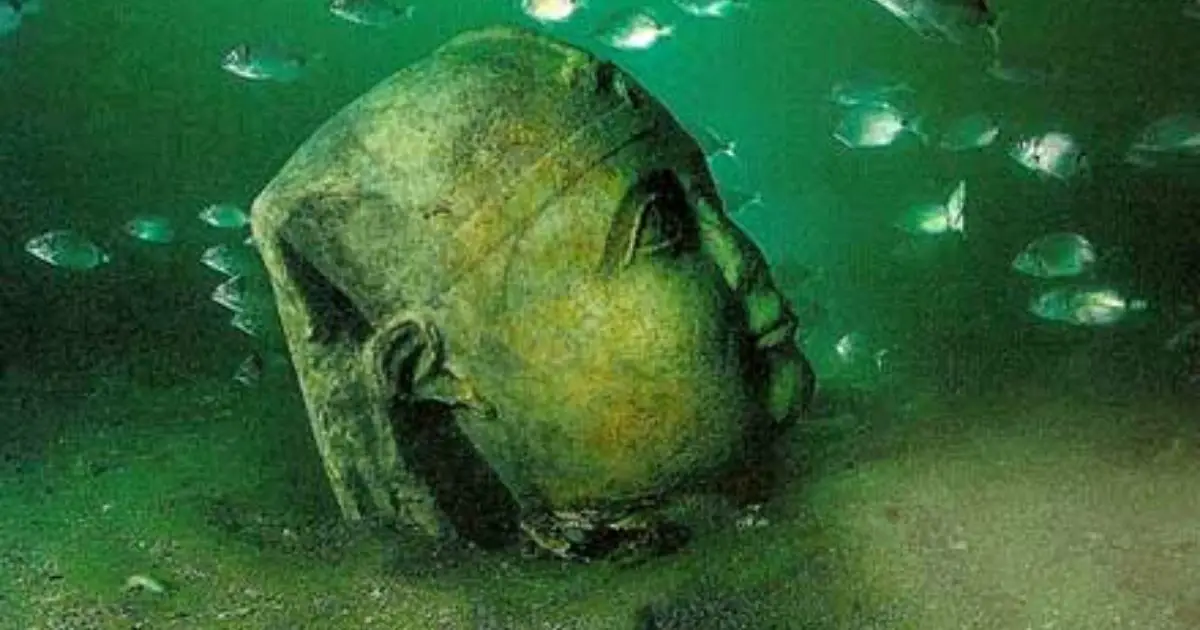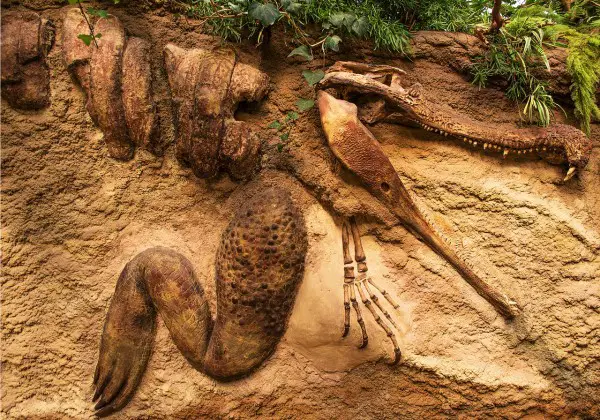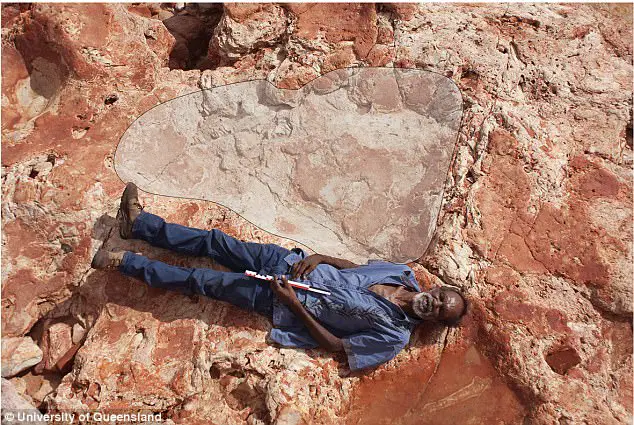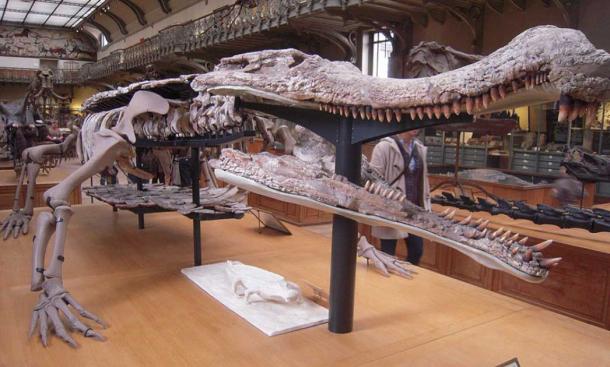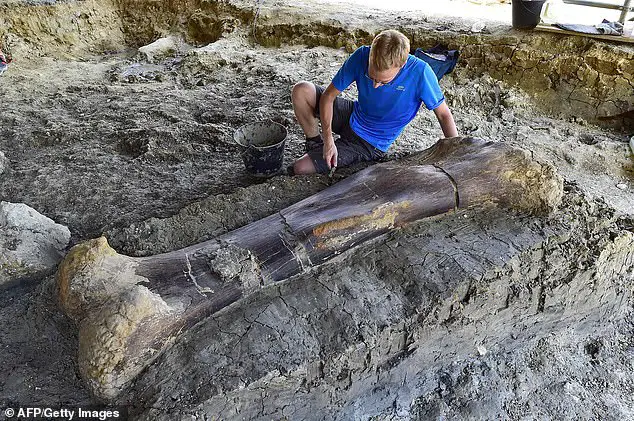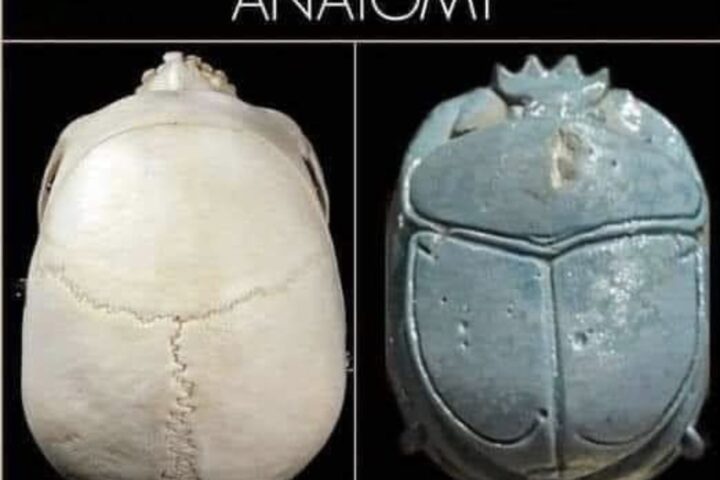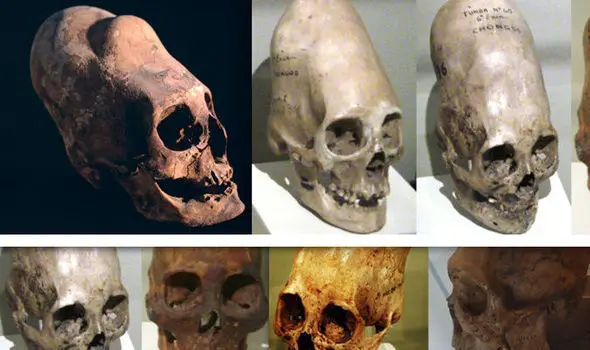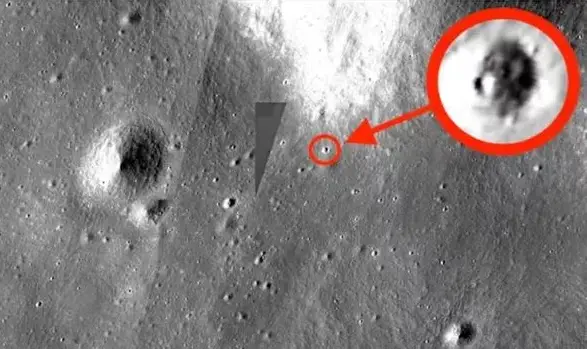Divers inadvertently stumbled upon what appeared to be a “hidden city” in India, prompting a reevaluation of the region’s history.
Marine archaeologists in the Gulf of Cambay, situated along India’s western shoreline, made this discovery.

Using advanced sonar technologies that emit sound waves deep into the water, they identified vast geometric structures.
Although initially believed that this large area, spanning five miles in length and two miles in width, was older than the earliest known relics in the region by over 5,000 years, this theory faced skepticism.
This discovery came to light while viewing the documentary “Underworld — Flooded Kingdoms of the Ice Age” by Graham Hancock.
The self-proclaimed archaeologist posited that the aftermath of the last Ice Age molded our current world.
He postulated, “With the melting of the ice caps, an immense volume of water was released, raising sea levels by 400 feet.”
Prime coastal lands were engulfed, erasing any traces of civilizations that might have existed there.

Hancock pondered if these cataclysmic events could be the source behind numerous global flood legends.
Though his theories haven’t been vetted by academic journals, he offered insights into how the submerged Indian city could tie back to the Ice Age.
Hancock highlighted a groundbreaking unintentional discovery in late 2001, where researchers in the Gulf of Cambay came across the remnants of a vast ancient city while studying pollution.

He remarked, “This revelation might challenge our preconceived notions about the dawn of civilizations.”
Detailing his observations, Hancock said, “Beneath the waves lies a city as vast as Manhattan, complete with grand walls and squares.”
He claimed that human-made objects found in these submerged cities dated back to approximately 9,500 years, which predates any known city by 5,000 years.
This suggests that this city might have been a casualty of the Ice Age’s conclusion, aligning with flood myth timelines.
Among the retrieved items from the site were building materials, pottery, fragments of walls, beads, sculptures, and human remains, all of which faced scrutiny over their carbon dating.

The primary concern was the use of dredging for artifact retrieval, rather than systematic archaeological methods. Given the Gulf’s connection to several rivers, pinpointing the exact origins of these artifacts becomes even more challenging.

As such, many established archaeologists were skeptical about the dating of a piece of wood found at the site, which was believed to be from 7500 BC.
Dr. D.P. Agrawal, a pioneer in Carbon-14 testing in India and the head of the Paleoclimate Group, shared his insights in an interview with Frontline Magazine. He highlighted discrepancies in dating the same piece of wood at different labs.
He argued that the presence of an ancient wood piece doesn’t automatically indicate an ancient civilization’s existence. Considering that the Arabian Sea was significantly lower about 20,000 years ago, submerged forests are common. The consensus among many experts is that the divers likely uncovered a vast collection of mixed archaeological pieces.
Video:

